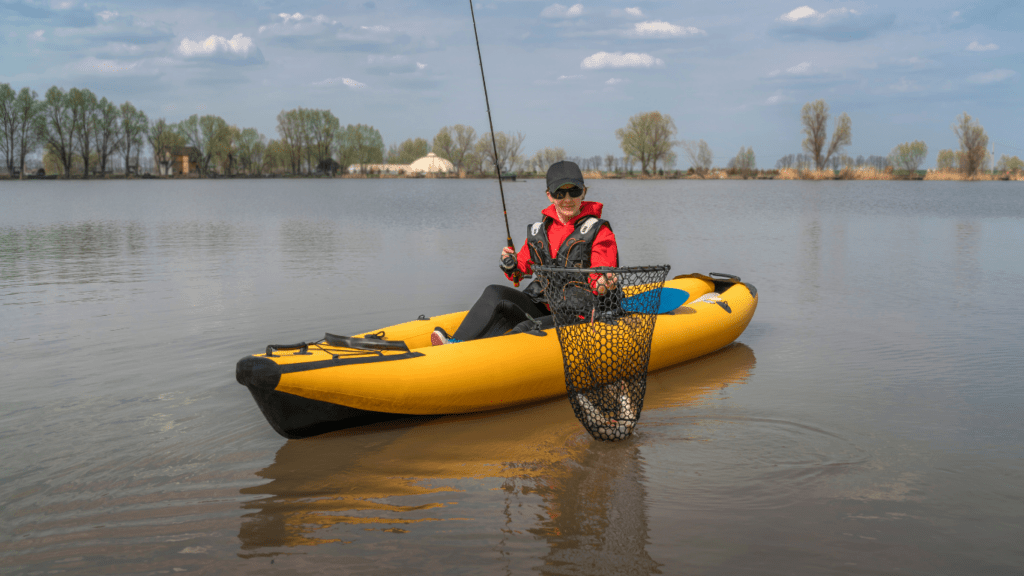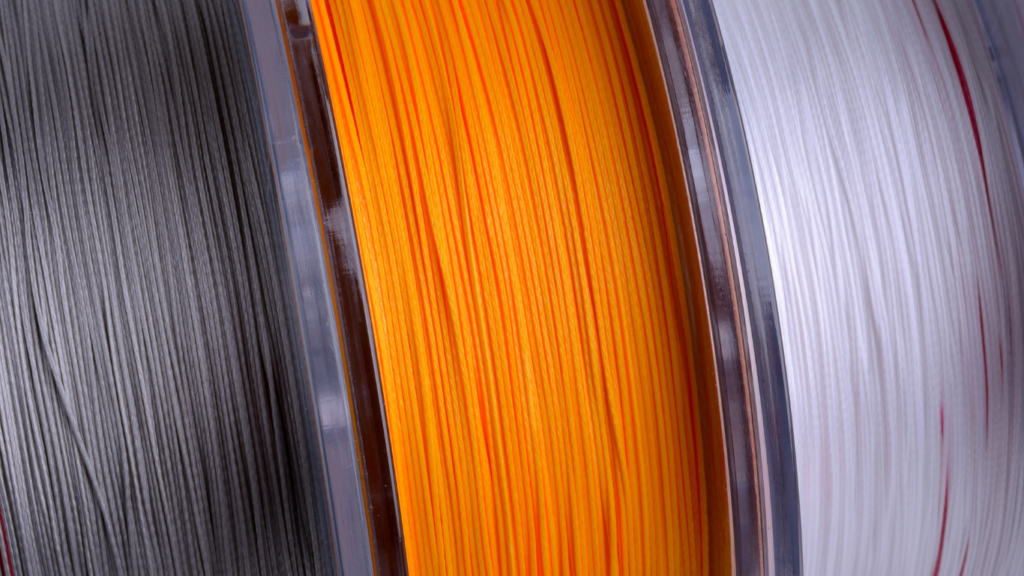Overview Of Fish Finders In 2025
Fish finders in 2025 showcase advanced technology tailored to improve fishing efficiency. Manufacturers focus on high-resolution displays, real-time imaging, and smart ecosystem integration to appeal to diverse fishing needs. These devices provide precise underwater visuals, helping anglers locate and catch fish more effectively.
Imaging technologies make significant strides, with many devices offering ultra-high-definition sonar. For example, 3D imaging and full-color patterns create detailed representations of underwater environments. Dual-frequency and wide-spectrum sonar capabilities allow greater flexibility in both shallow and deep waters.
Connectivity features dominate the market, making fish finders compatible with smartphones, tablets, and other marine electronics. Many models now offer cloud data storage, mobile app integration, and Wi-Fi or Bluetooth support. These options enable route planning, data recording, and software updates.
Battery management sees notable improvements. Extended battery life coupled with improved energy efficiency ensures longer usage times during fishing trips. Solar charging compatibility is also a growing trend, providing an eco-friendly option for prolonged use.
Durability and portability become standard priorities. Lightweight designs with water-resistant casings enhance usability across various fishing conditions. Rugged displays capable of surviving extreme weather adapt well for both freshwater and saltwater environments.
Key Features To Consider When Buying A Fish Finder
Selecting the right fish finder requires understanding the essential features. These technologies improve fishing efficiency and ensure the best value for your investment.
Technology And Display
High-quality displays enhance underwater imaging visibility. Look for high-resolution panels like 1280×800 pixels or higher, which provide clear visuals in both bright and low-light settings. Touchscreen capabilities with anti-glare protection can improve usability. Consider screen size, as larger displays between 7 to 10 inches are ideal for detailed viewing.
Sonar Capabilities
Advanced sonar helps detect fish in various depths and water conditions. Dual-frequency sonar offers versatility, enabling both shallow water scanning and deep penetration. Choose devices featuring CHIRP sonar, which delivers detailed data by emitting a range of frequencies simultaneously. Side-scan and down-scan options provide extensive coverage, ideal for mapping underwater terrains.
GPS And Navigation
Integrated GPS ensures precise positioning during fishing trips. Look for models with preloaded maps and customizable waypoints to plan routes efficiently. Features like real-time tide information and depth mapping enhance navigation in unfamiliar waters. Compatibility with external mapping software extends usability.
Durability And Battery Life
Rugged designs withstand different fishing environments. Opt for models with water-resistant ratings like IPX7 for enhanced protection. Lightweight builds ease portability. Batteries lasting 8 hours or more, with options for solar charging, support extended trips. Energy-saving modes also help conserve power.
The Top 5 Fish Finders Of 2025

In 2025, fish finders feature cutting-edge technology and versatile designs tailored for diverse fishing environments. Here are the top five models, with detailed insights into their features, pros, and cons.
Product 1: Features, Pros, And Cons
Features:
This model includes CHIRP sonar, a 10-inch 1920×1080 HD touchscreen display, and a built-in GPS with preloaded bathymetric charts. It integrates with mobile devices via Wi-Fi and offers cloud storage for sonar history.
Pros:
- Crystal-clear imaging with 3D rendering capabilities.
- Smart integration with apps for real-time data sharing.
- Durable waterproof design, perfect for harsh conditions.
Cons:
- The device is heavy, reducing portability.
- High initial cost, less suited for occasional anglers.
Product 2: Features, Pros, And Cons
Features:
A 7-inch 1280×800 display, dual-frequency sonar, and a solar-charging option. This device offers a compact, lightweight build with a long-lasting battery life of up to 12 hours.
Pros:
- Portability enhances ease of use in remote locations.
- Solar charging ensures reliability during extended trips.
- Great value for its price point.
Cons:
- Limited screen size may affect visibility for detailed imaging.
- Less durable in extreme weather compared to high-end models.
Product 3: Features, Pros, And Cons
Features:
This fish finder boasts ultra-HD sonar, real-time side-scan imaging, and a rugged 9-inch anti-glare screen. Preloaded fishing maps with community updates ensure accurate navigation.
Pros:
- Real-time imaging improves species identification.
- Anti-glare display works well in direct sunlight.
- Active user community for map updates.
Cons:
- Subpar battery life, lasting only six hours per charge.
- Limited connectivity options to third-party devices.
Product 4: Features, Pros, And Cons
Features:
An 8-inch touchscreen with 4K imaging, CHIRP sonar, and a customizable interface. It supports voice commands and auto-routing for enhanced navigation on the water.
Pros:
- Innovative voice control feature adds convenience.
- 4K imaging delivers unparalleled clarity.
- User-friendly interface suits beginners and experts.
Cons:
- Steeper learning curve for voice command setup.
- Higher maintenance requirements due to advanced tech.
Product 5: Features, Pros, And Cons
Features:
Equipped with dual-spectrum CHIRP sonar, Bluetooth compatibility, and a large 12-inch display. Offers split-screen functions and multi-device synchronization.
Pros:
- Best-in-class display size for multitasking.
- Multi-device sync aids team fishing activities.
- Reliable performance in both freshwater and saltwater.
Cons:
- The large size impacts portability, especially for kayaks.
- High price makes it less accessible for budget-conscious buyers.
Comparing The Top Fish Finders
Top fish finders in 2025 combine performance, innovation, and value. Here’s an in-depth look into their key aspects to help anglers identify the best investment for their fishing needs.
Performance And Accuracy
Each fish finder reviewed offers advanced sonar technologies, ensuring precise underwater imaging. Models with CHIRP sonar provide greater clarity, distinguishing individual fish even in dense areas. Ultra-HD and 3D imaging enhance depth detail, giving a realistic view of underwater structures. Dual-frequency sonar remains essential for various water depths, enabling flexibility between shallow and deep waters. One standout model integrates real-time sonar updates, keeping data accurate even in fast-moving boats or changing environments. These technologies improve catch rates and fishing efficiency across conditions.
User-Friendly Features
User-friendly designs ensure seamless operation in real-world conditions. Touchscreen displays on some models simplify navigation, while others incorporate physical buttons for glove-friendly usage. Customizable settings like split-screen modes allow simultaneous viewing of sonar and GPS data. Devices with mobile connectivity enable remote access to maps and sonar data via companion apps, adding versatility. Preloaded maps and waypoint features improve trip planning and navigation accuracy. Lightweight designs and water resistance make them portable and durable, catering to both boat and shore anglers.
Price Versus Value
Prices range from $400 for compact entry-level models to $3,000 for high-end units with premium features. High-resolution imaging and integrated GPS justify higher costs for professional-level tools. Mid-range options, priced between $700 and $1,500, balance performance and advanced features, making them suitable for frequent anglers. Budget-focused models prioritize essential sonar and mapping capabilities for casual users. The value depends on the buyer’s fishing style and the features required for their specific environment.





